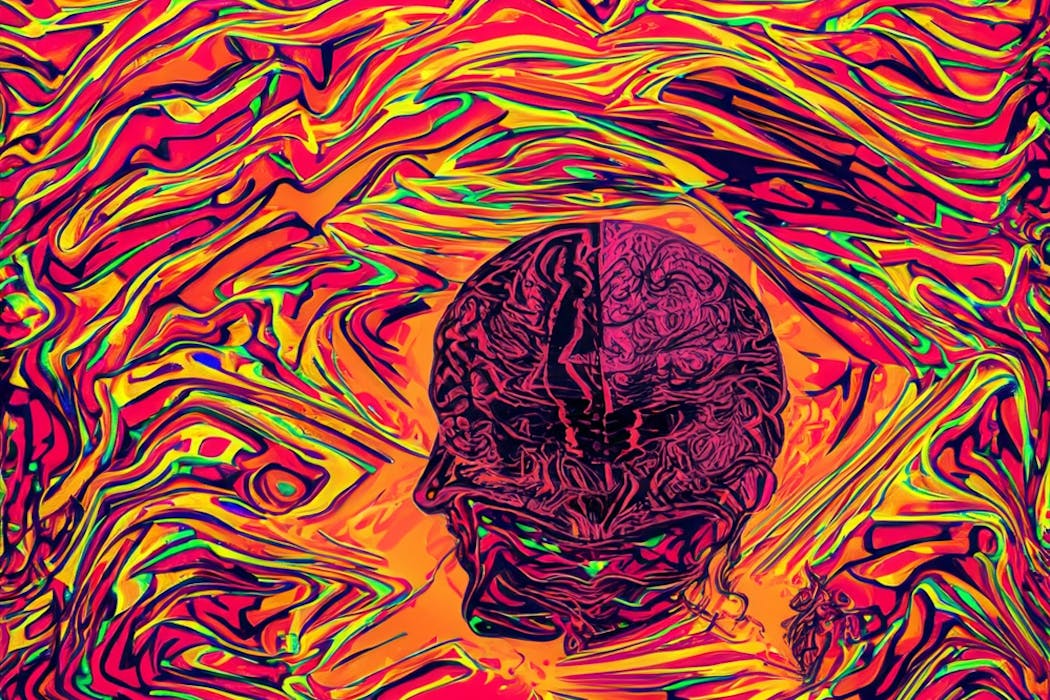Source: The Conversation – Canada – By Scott Schieman, Professor of Sociology and Canada Research Chair, University of Toronto
Since 2023, there has been a steady increase in media stories about the potential for automation by artificial intelligence (AI) to displace workers. As sociologists who study what people think and feel about work, we wondered if these narratives were gaining any traction among workers.
Understanding worker attitudes toward automation is a crucial part of studying AI’s broader impact on work and society. If large segments of the workforce feel threatened or left behind by AI, we risk not just economic disruption but a loss of trust in institutions and technological progress.
To explore these attitudes, we fielded a nationally representative survey of 2,519 working Canadians from Sept. 8 to 18 with the support of the Angus Reid Forum. The survey was designed to assess public attitudes and perceptions about the AI-related threat of job displacement.
We found Canadians’ responses were far from uniform, reflecting a mix of concern, skepticism and cautious optimism.
Mixed reactions to job loss
We asked respondents:
“A CEO of a major AI company recently made this statement: ‘AI could wipe out half of all entry-level white-collar jobs and spike unemployment to 10 to 20 per cent in the next one to five years.’ How likely do you think this is?”
The quote came from Dario Amodei, CEO of Anthropic, who was interviewed in an Axios article in May. The central thrust of the article was the imminent AI-related turbulence in the world of work.
In our survey, however, Canadian workers expressed mixed reactions to that dismal scenario: 16 per cent felt it was “very likely,” while another 48 per cent said it was only “somewhat likely.” The remaining 36 per cent said it was “not too likely” or “not at all likely.”
We then asked open-ended followup questions to gather qualitative insights about the ways that people are thinking and feeling about the AI threat. Most respondents expressed a pessimistic outlook, but a significant minority contrasted their view with optimism.
Concerns about corporate greed and job loss
A common thread among pessimistic responses was concern over corporate greed and profit. “Companies are greedy,” a 63-year-old writer said. “They want to get rid of as many jobs as possible.”
A 66-year-old clinical manager echoed the sentiment: “Companies are always looking to reduce cost and improve efficacies, so there is a strong probability this is going to happen in many organizations over the next 5 to 10 years as AI continues to be used.”
Some respondents felt these trends were happening already. “The trends and increases in speed of which AI has begun dominating the business world,” a 30-year-old engineer said. “I believe that whether or not society approves, companies will attempt to replace their entry level-jobs with AI.”
A 32-year-old real estate legal assistant said: “AI has already advanced so much in a short space of time. Combined with our society’s prioritization of profit, I doubt many companies will have any scruples about replacing people with machines.”
Others were concerned about the looming loss of dignity and respect for workers. “Executives do not see the value of the human mind compared to a machine,” a 53-year-old senior government policy analyst told us. “It shows they have no concern for employees, just profits.”
A 70-year-old civil construction inspector similarly said: “Worker productivity is low, immigration has overwhelmed services and housing, corporations have no respect for workers no matter where or what the task. There will simply be too many people competing for jobs.”
“Companies see AI as a cheap way to lay off many workers and maximize their own profits — even though doing so will make their products worse,” said a 22-year-old barista. “Companies only care about money, not the workers that generate their revenue.”
Optimism about human adaptability
Not everyone was so gloomy. Many expressed optimism about AI and the human capacity to adapt and evolve.
“AI is not a replacement for humans,” said a 54-year-old community television producer, while emphasizing that rather than replace humans, AI “should allow humans to accomplish more at their jobs.”
Others shared this confidence, drawing parallels to other historical changes in technology. “The job market will adapt as needed,” speculated a 34-year-old service officer, “switching to different roles that match the current technology, just as we have done in the past.”
A 33-year-old project co-ordinator said: “I think people and jobs will adapt to utilize technology in the same way we adapted to the internet. I think the job market will change, but overall, we’re more likely to adapt than have high unemployment.”
Read more:
Generative AI can boost innovation – but only when humans are in control
Some reinforced the human relevance of work. “Regardless of the nature of the job, individuals will still need to train the younger generation” said a 32-year-old economist. “While we might not need data entry people anymore, we still need to understand how data entry works to hold upper-level positions — it can’t just be taken away from people completely.”
What this tells us
These findings show that, despite sensational headlines about AI and job loss, Canadian workers’ perceptions about the issue are complex.
It’s clear that the emotional landscape of work is filled with frustrations about corporate priorities and skepticism about whether workers will be protected. And yet, our survey found traces of resilience in the belief in the essential humanness of work.
Over the next one to five years, we’ll continue to track how this all plays out, and the ways that Canadian workers, business leaders and policymakers adapt and evolve to the ongoing changes brought by AI.
![]()
Scott Schieman receives funding from the Social Sciences and Humanities Research Council.
Alexander Wilson receives funding from the Social Sciences and Humanities Research Council.
– ref. Will AI automation really kill jobs? A new survey finds Canadian workers are split on the answer – https://theconversation.com/will-ai-automation-really-kill-jobs-a-new-survey-finds-canadian-workers-are-split-on-the-answer-268649










